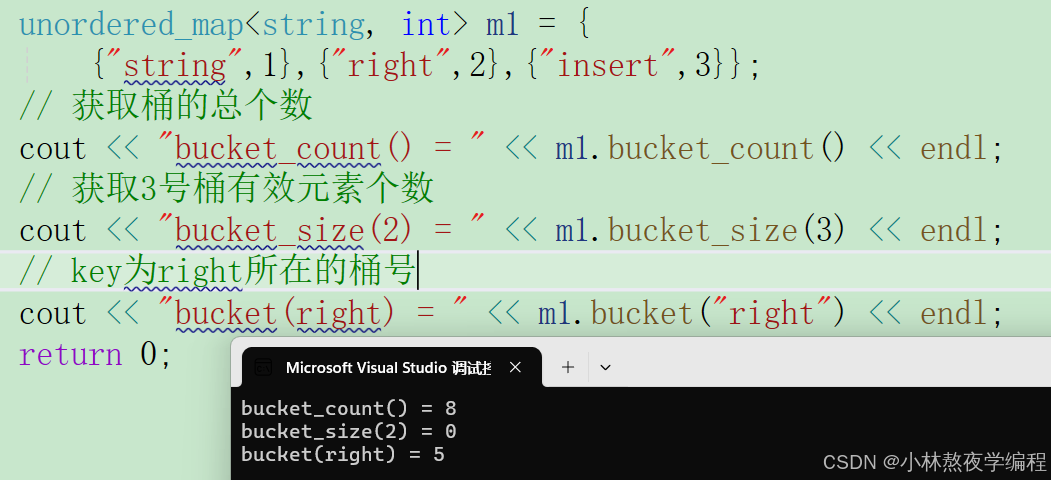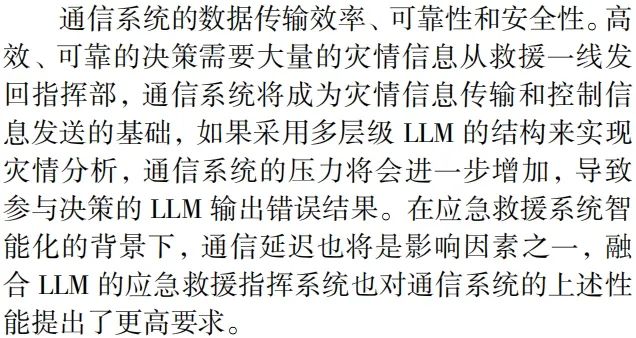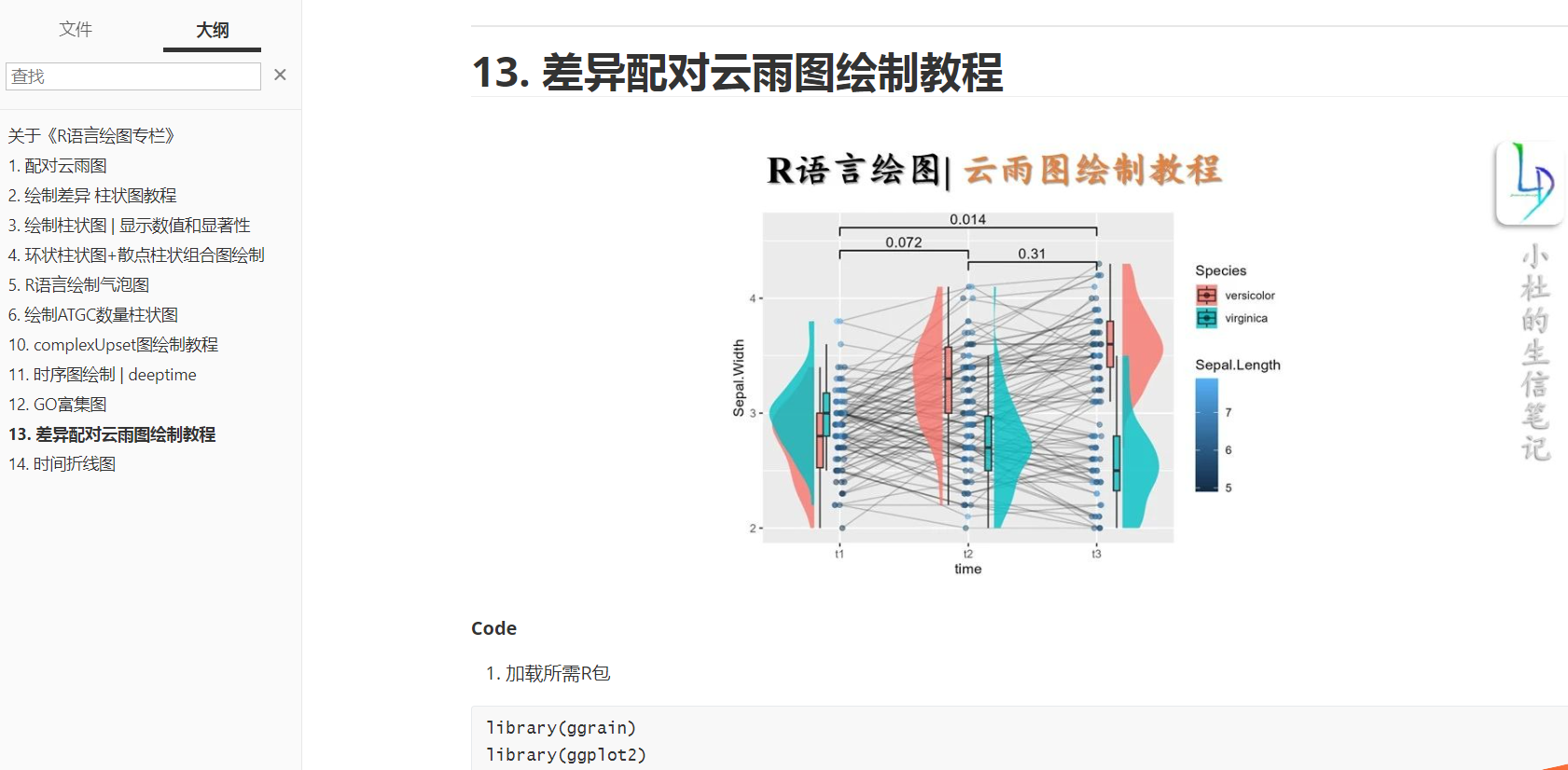✨个人主页: 熬夜学编程的小林
💗系列专栏: 【C语言详解】 【数据结构详解】【C++详解】
目录
1 unordered_set
1.1 unordered_set的接口说明
1.1.1 unordered_set的构造
1.1.2. unordered_set的容量
1.1.3. unordered_set的迭代器
1.1.4. unordered_set的查询
1.1.5. unordered_set的修改操作
1.1.6. unordered_set的桶操作
2 unordered_map
1.2 unordered_map的接口说明
1.2.1. unordered_map的构造
1.2.2. unordered_map的容量
1.2.3. unordered_map的迭代器
1.2.4. unordered_map的元素访问
6. unordered_map的修改操作
7. unordered_map的桶操作
在C++98中,STL提供了底层为红黑树结构的一系列关联式容器,在查询时效率可达到log2 N,即最差情况下需要比较红黑树的高度次,当树中的节点非常多时,查询效率也不理想。最好的查询是,进行很少的比较次数就能够将元素找到,因此在C++11中,STL又提供了4个unordered系列的关联式容器,这四个容器与红黑树结构的关联式容器使用方式基本类似,只是其底层结构不同,本文中只对unordered_map和unordered_set进行介绍。
1 unordered_set
- 1. unordered_set 是以不特定顺序存储唯一元素的容器,并允许根据其值快速检索单个元素。
- 2. 在unordered_set中,元素的值同时是其键,它唯一地标识它。键是不可变的,因此,unordered_set中的元素不能在容器中修改一次,但是,它们可以插入和删除。
- 3. 在内部,unordered_set中的元素不按任何特定顺序排序,而是根据其哈希值组织到桶中,以便直接通过其值快速访问各个元素(平均平均时间复杂度恒定)。
- 4. unordered_set容器通过其键访问单个元素的速度比设置的容器更快,尽管它们在通过其元素子集进行范围迭代时通常效率较低。
- 5. 容器中的迭代器至少是正向迭代器。
1.1 unordered_set的接口说明
1.1.1 unordered_set的构造
代码演示
#include<unordered_set>
int main()
{
// 构造空对象
unordered_set<int> s1;
// 列表构造对象
unordered_set<int> s2 = { 1,3,4,9,2,7 };
return 0;
}测试结果

1.1.2. unordered_set的容量
| 函数声明 | 功能介绍 |
|---|---|
| bool empty() const | 检测unordered_set是否为空 |
| size_t size() const | 获取unordered_set的有效元素个数 |
代码演示
#include<unordered_set>
int main()
{
unordered_set<int> s1 = { 1,3,4,9,2,7 };
cout << "empty() = " << s1.empty() << endl;
cout << "size() = " << s1.size() << endl;
return 0;
}测试结果

1.1.3. unordered_set的迭代器
| 函数声明 | 功能介绍 |
|---|---|
| begin | 返回unordered_set第一个元素的迭代器 |
| end | 返回unordered_set最后一个元素下一个位置的迭代器 |
代码演示
#include<unordered_set>
int main()
{
unordered_set<int> s1 = { 1,3,4,9,2,7 };
// 获取unordered_set第一个元素的迭代器
unordered_set<int>::iterator it1 = s1.begin();
while (it1 != s1.end())
{
cout << *it1 << " ";
++it1;
}
cout << endl;
return 0;
}测试结果

1.1.4. unordered_set的查询
| 函数声明 | 功能介绍 |
|---|---|
| iterator find(const K& key) | 返回key在哈希桶中的位置 |
| size_t count(const K& key) | 返回哈希桶中key的个数 |
代码演示
#include<unordered_set>
int main()
{
unordered_set<int> s1 = { 1,3,4,9,2,7,4 };
// 查找数值3的位置,并打印该位置的值
auto pos = s1.find(3);
cout << *pos << endl;
// 计算数值4的个数
size_t countFour = s1.count(4);
cout << "countFour = " << countFour << endl;
return 0;
}测试结果

注意:unordered_set中key是不能重复的,因此count函数的返回值最大为1。
1.1.5. unordered_set的修改操作
| 函数声明 | 功能介绍 |
|---|---|
| insert | 向容器中插入key值 |
| erase | 删除容器中的key值 |
| void clear() | 清空容器中有效元素个数 |
| void swap(unordered_set&) | 交换两个容器中的元素 |
代码演示
#include<unordered_set>
int main()
{
unordered_set<int> s1;
// 插入值
s1.insert(1);
s1.insert(4);
s1.insert(5);
// 支持迭代器,因此也支持范围for
for (auto e : s1)
{
cout << e << " ";
}
cout << endl;
// 删除6,没有该值则不删除
s1.erase(6);
// 删除4,有该值则删除该值
s1.erase(4);
for (auto e : s1)
{
cout << e << " ";
}
cout << endl;
return 0;
}测试结果

1.1.6. unordered_set的桶操作
| 函数声明 | 功能介绍 |
|---|---|
| size_t bucket_count()const | 返回哈希桶中桶的总个数 |
| size_t bucket_size(size_t n)const | 返回n号桶中有效元素的总个数 |
| size_t bucket(const K& key) | 返回元素key所在的桶号 |
代码演示
#include<unordered_set>
int main()
{
unordered_set<int> s1 = { 1,4,6,9,3,7,5 };
// 获取桶的总个数
cout << "bucket_count() = " << s1.bucket_count() << endl;
// 获取2号桶有效元素个数
cout << "bucket_size(2) = " << s1.bucket_size(2) << endl;
// 数值6所在的桶号
cout << "bucket(6) = " << s1.bucket(6) << endl;
return 0;
}测试结果

2 unordered_map
- 1. unordered_map是存储<key, value>键值对的关联式容器,其允许通过key快速的索引到与其对应的value。
- 2. 在unordered_map中,键值通常用于惟一地标识元素,而映射值是一个对象,其内容与此键关联。键和映射值的类型可能不同。
- 3. 在内部,unordered_map没有对<kye, value>按照任何特定的顺序排序, 为了能在常数范围内找到key所对应的value,unordered_map将相同哈希值的键值对放在相同的桶中。
- 4. unordered_map容器通过key访问单个元素要比map快,但它通常在遍历元素子集的范围迭代方面效率较低。
- 5. unordered_maps实现了直接访问操作符(operator[]),它允许使用key作为参数直接访问value。
- 6. 它的迭代器至少是前向迭代器。
1.2 unordered_map的接口说明
1.2.1. unordered_map的构造
| 函数声明 | 功能介绍 |
|---|---|
| unordered_map | 构造一个空的 unordered_map 对象 |
| unordered_map(initializer_list<T> il) | 使用列表的内容初始化容器。 |
代码演示
#include<unordered_map>
int main()
{
// 构造空对象
unordered_map<string,int> m1;
// 列表构造对象
unordered_map<string, string> m2 = {
{"insert","插入"},{"erase","删除"},{"string","字符串"} };
return 0;
}测试结果

1.2.2. unordered_map的容量
| 函数声明 | 功能介绍 |
|---|---|
| bool empty() const | 检测unordered_map是否为空 |
| size_t size() const | 获取unordered_map的有效元素个数 |
代码演示
#include<unordered_map>
int main()
{
unordered_map<string, string> m1 = {
{"insert","插入"},{"erase","删除"},{"string","字符串"} };
cout << "empty() = " << m1.empty() << endl;
cout << "size() = " << m1.size() << endl;
return 0;
}测试结果

1.2.3. unordered_map的迭代器
| 函数声明 | 功能介绍 |
|---|---|
| begin | 返回unordered_map第一个元素的迭代器 |
| end | 返回unordered_map最后一个元素下一个位置的迭代器 |
代码演示
#include<unordered_map>
int main()
{
unordered_map<string, string> m1 = {
{"insert","插入"},{"erase","删除"},{"string","字符串"} };
// 获取第一个元素的迭代器,使用auto更简便
//unordered_map<string, string>::iterator it = m1.begin();
auto it = m1.begin();
while (it != m1.end())
{
cout << it->first << ":" << it->second << endl;
++it;
}
cout << endl;
return 0;
}测试结果

1.2.4. unordered_map的元素访问
| 函数声明 | 功能介绍 |
|---|---|
| operator[] | 返回与key对应的value,没有一个默认值 |
代码演示
#include<unordered_map>
int main()
{
// 统计各自水果的个数
string arr[] = { "苹果", "西瓜", "苹果", "西瓜", "苹果", "苹果", "西瓜",
"苹果", "香蕉", "苹果", "香蕉","苹果","草莓", "苹果","草莓" };
unordered_map<string, int> countMap;
for (auto& e : arr)
{
// 水果没有出现则插入该水果,出现则将个数++
countMap[e]++;
}
for (auto& kv : countMap)
{
cout << kv.first << ":" << kv.second << endl;
}
cout << endl;
return 0;
}测试结果

注意:该函数中实际调用哈希桶的插入操作,用参数key与V()构造一个默认值往底层哈希桶中插入,如果key不在哈希桶中,插入成功,返回V(),插入失败,说明key已经在哈希桶中,将key对应的value返回。此处与map中的operator[]原理类似。
1.2.5. unordered_map的查询
| 函数声明 | 功能介绍 |
|---|---|
| iterator find(const K& key) | 返回key在哈希桶中的位置 |
| size_t count(const K& key) | 返回哈希桶中关键码为key的键值对的个数 |
代码演示
#include<unordered_map>
int main()
{
unordered_map<string, int> m1 = {
{"string",1 }, { "insert",2 }, { "left",3 } };
// 查找left的位置,打印该位置键值对的值
auto pos = m1.find("left");
cout << pos->first << ":" << pos->second << endl;
// 计算key为string的键值对个数
size_t count = m1.count("string");
cout << "count = " << count << endl;
return 0;
}测试结果

注意:unordered_map中key是不能重复的,因此count函数的返回值最大为1。
6. unordered_map的修改操作
| 函数声明 | 功能介绍 |
|---|---|
| insert | 向容器中插入键值对 |
| erase | 删除容器中的键值对 |
| void clear() | 清空容器中有效元素个数 |
| void swap(unordered_map&) | 交换两个容器中的元素 |
代码演示
#include<unordered_map>
int main()
{
unordered_map<string, int> m1;
pair<string, int> kv1("string", 1);
// 插入值
m1.insert(kv1);// 有名对象
m1.insert({ "left",2 });
m1.insert(make_pair("right", 3));
for (auto e : m1)
{
cout << e.first << ":" << e.second << endl;
}
cout << endl;
// 删除key为string的键值对
m1.erase("string");
for (auto e : m1)
{
cout << e.first << ":" << e.second << endl;
}
cout << endl;
return 0;
}测试结果

7. unordered_map的桶操作
| 函数声明 | 功能介绍 |
|---|---|
| size_t bucket_count()const | 返回哈希桶中桶的总个数 |
| size_t bucket_size(size_t n)const | 返回n号桶中有效元素的总个数 |
| size_t bucket(const K& key) | 返回元素key所在的桶号 |
代码演示
#include<unordered_map>
int main()
{
unordered_map<string, int> m1 = {
{"string",1},{"right",2},{"insert",3}};
// 获取桶的总个数
cout << "bucket_count() = " << m1.bucket_count() << endl;
// 获取3号桶有效元素个数
cout << "bucket_size(2) = " << m1.bucket_size(3) << endl;
// key为right所在的桶号
cout << "bucket(right) = " << m1.bucket("right") << endl;
return 0;
}测试结果




















